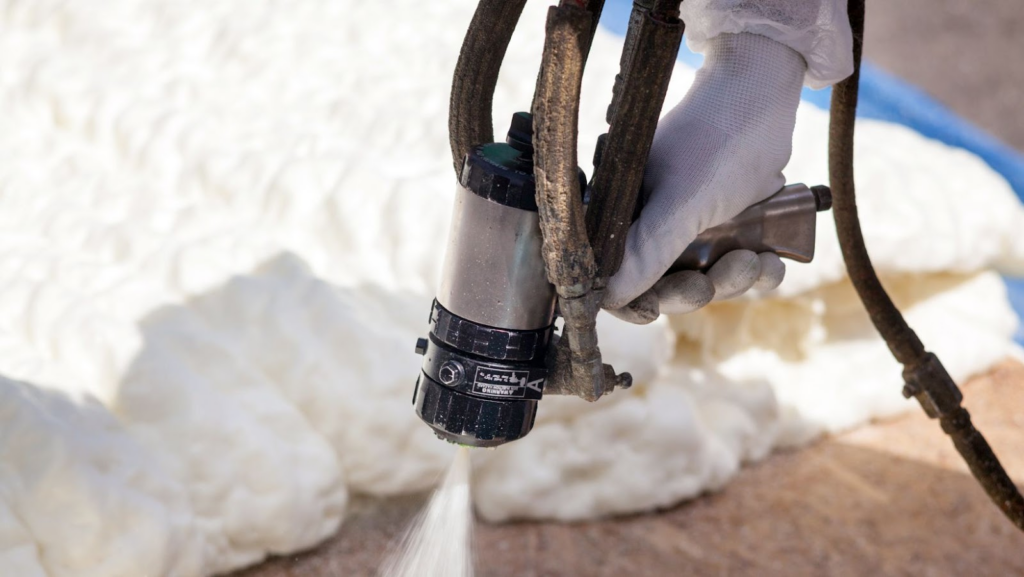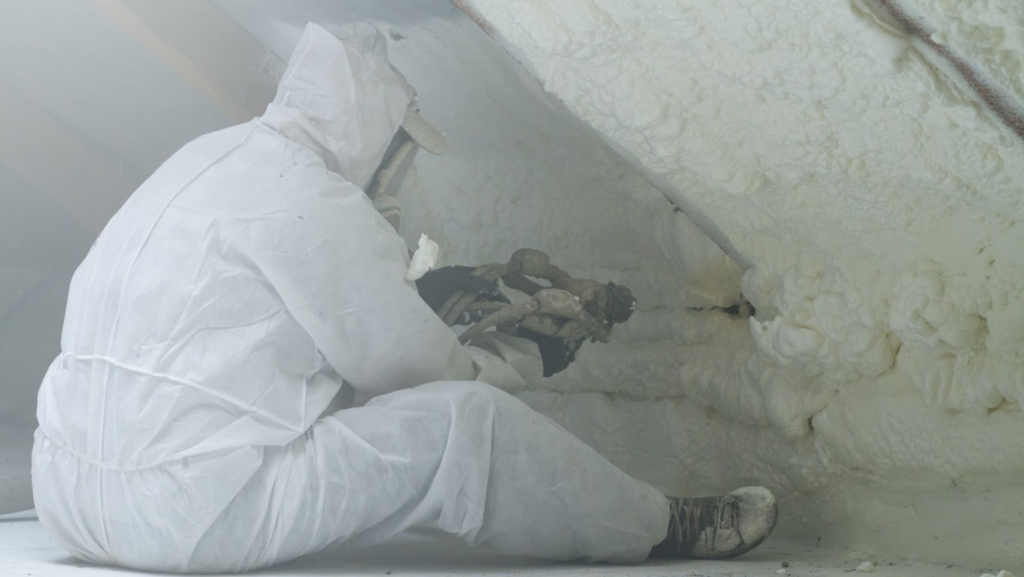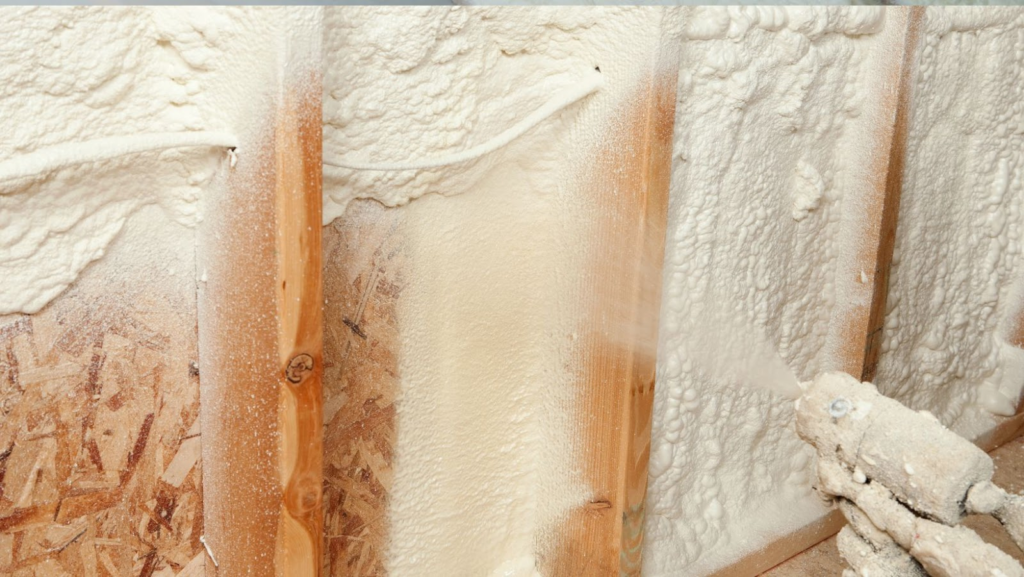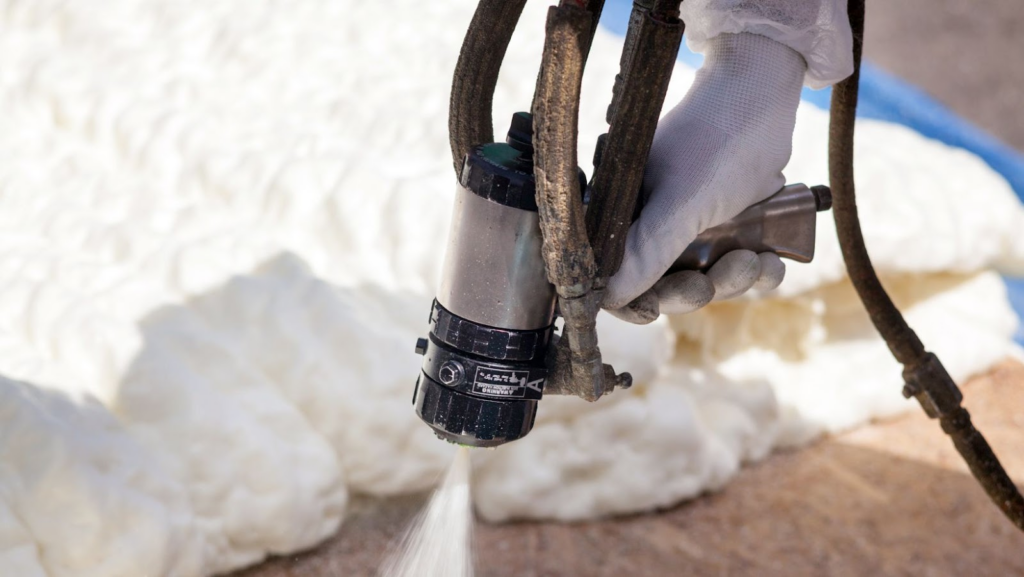
Spray foam insulation is famous for its excellent thermal properties and energy efficiency. When setting up a spray foam insulation business or upgrading existing equipment, purchasing used spray foam equipment can be a cost-effective and practical solution. Used equipment can offer substantial savings, but making informed decisions is crucial to ensure the machinery meets your requirements and delivers optimal performance. We will explore the key considerations for the selection of used spray foam equipment, including evaluating the equipment’s condition, understanding the types of spray foam machines available, and assessing compatibility with your business needs.
Understanding the Types of Spray Foam Machines
Spray foam equipment comes in various types, each suited for specific applications. Primarily, there are high-pressure and low-pressure machines. High-pressure machines are typically used for large-scale projects and offer a high output, making them suitable for commercial and industrial applications. These machines require more maintenance but deliver superior performance and efficiency. On the other hand, low-pressure machines are ideal for smaller projects and residential use. They are easier to operate and maintain but may provide a different output level than high-pressure systems. Understanding the differences between these machines is essential to selecting the right equipment that matches your project’s scale and complexity.
Evaluating the Condition of Used Equipment
When purchasing used spray foam equipment, thoroughly assessing its condition is crucial. Start by inspecting the physical state of the machinery. Look for signs of wear and tear, rust, or damage that could affect its functionality. Pay close attention to critical components such as the spray gun, hoses, and pumps. Also, ask for maintenance records to understand how well the equipment has been maintained. Regular maintenance is vital for the longevity and performance of spray foam equipment, so equipment with a documented maintenance history is generally more reliable. Test the equipment in operation if possible to ensure it works correctly and meets your performance expectations.
Assessing Compatibility with Your Business Needs
Before finalizing your purchase, consider how well the used spray foam equipment aligns with your business needs. Evaluate the equipment’s output capacity and whether it can handle the volume of work you anticipate. For instance, if your projects require high output, a machine with a higher capacity will be necessary to avoid operational inefficiencies. Additionally, consider the types of spray foam materials you plan to use. Different machines may be compatible with various types of foam, so ensure the equipment can handle the specific materials required for your projects. Compatibility with existing equipment and accessories is also essential to avoid additional costs and provide seamless integration into your workflow.
Understanding the Importance of Technical Support
Technical support is an often overlooked aspect when purchasing used spray foam equipment. Even if the machinery is in good condition, having access to technical support can be invaluable in case of operational issues or breakdowns. When buying used equipment, check if the manufacturer or seller provides any support or warranty.

Additionally, consider whether parts and accessories for the equipment are readily available. Equipment that is no longer supported by the manufacturer or has limited parts availability can lead to significant downtime and increased operational costs. Ensuring that you have access to technical support and replacement parts is crucial for maintaining the efficiency and reliability of your spray foam operations.
Evaluating Cost Savings vs. Long-Term Investment
One of the primary reasons for purchasing used spray foam equipment is cost savings. However, it’s essential to balance initial savings with long-term investment considerations. While used equipment may have a lower upfront cost, factor in potential expenses for repairs, maintenance, and replacement parts. Sometimes, investing in a slightly more expensive used machine with better reliability and lower maintenance costs can be more economical in the long run. Additionally, consider the equipment’s energy efficiency. Older machines may consume more energy, leading to higher operational costs. Weighing these factors will help you make an informed decision that maximizes your return on investment.
Ensuring Proper Training and Safety Measures
Proper training and adherence to safety measures are critical when operating spray foam equipment. When purchasing used machinery, ensure that you and your team are adequately trained to operate it safely and efficiently. Some sellers may offer training sessions or manuals, which can be beneficial for understanding the equipment’s operation and maintenance.

Additionally, familiarize yourself with the equipment’s safety features and ensure they are functional. Spray foam insulation involves handling chemicals that can be hazardous if not managed correctly. Therefore, investing in training and safety equipment, such as protective gear and ventilation systems, is essential to protect your team and ensure compliance with safety regulations.
Selecting the right spray foam equipment involves carefully considering various factors, including the type of machine, its condition, compatibility with your business needs, availability of technical support, and long-term investment value. By thoroughly evaluating these aspects, you can make a well-informed decision that enhances your spray foam insulation operations while optimizing costs. Proper training and adherence to safety measures further ensure that your team can operate the equipment efficiently and safely. With diligent research and assessment, purchasing used spray foam equipment can be a strategic move supporting your business’s growth and success.


More Stories
Practical and Creative Uses for Plastic Sheets in Your Home Projects
Common Household Issues That Need an Emergency Electrician
The Benefits of Regular Plumbing Inspections for Homeowners